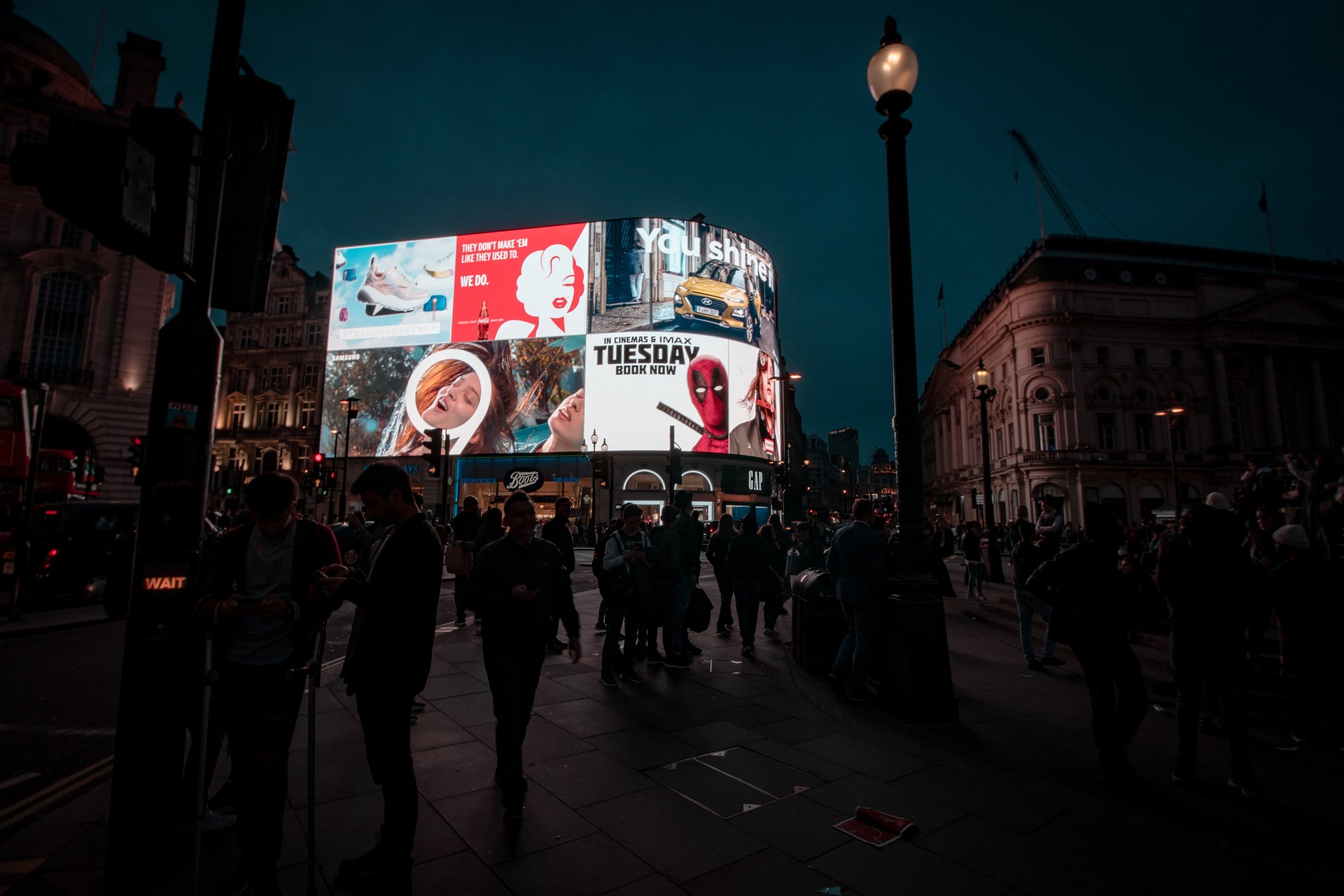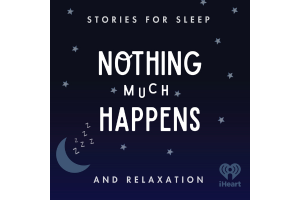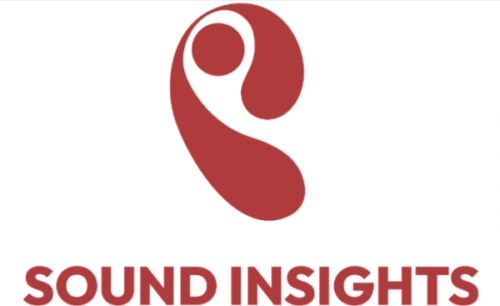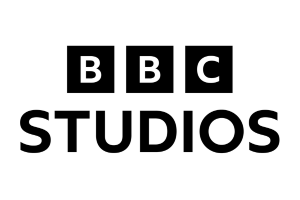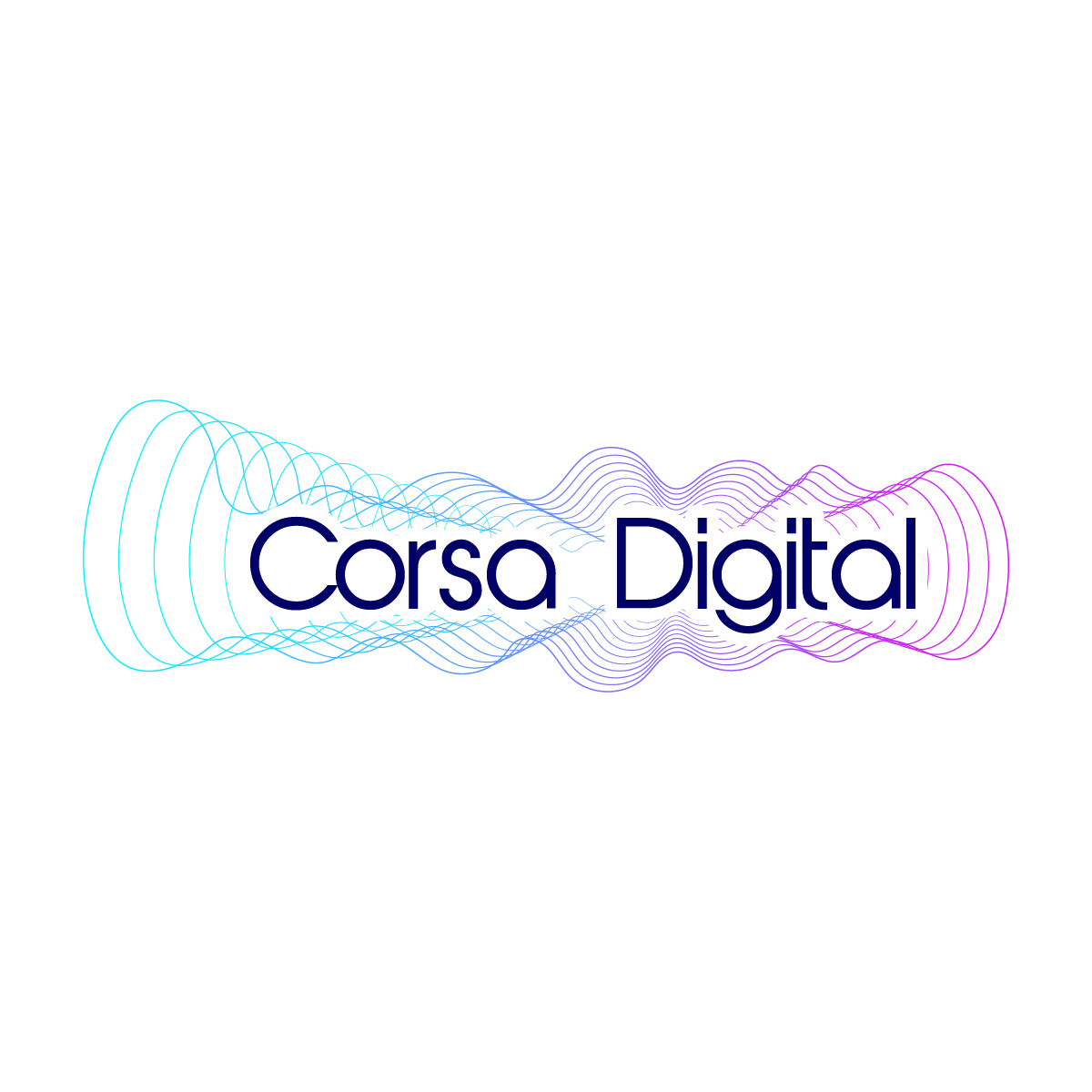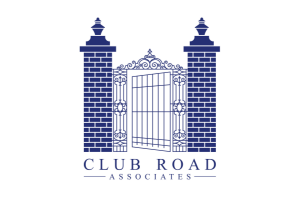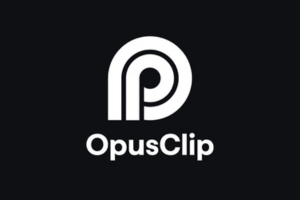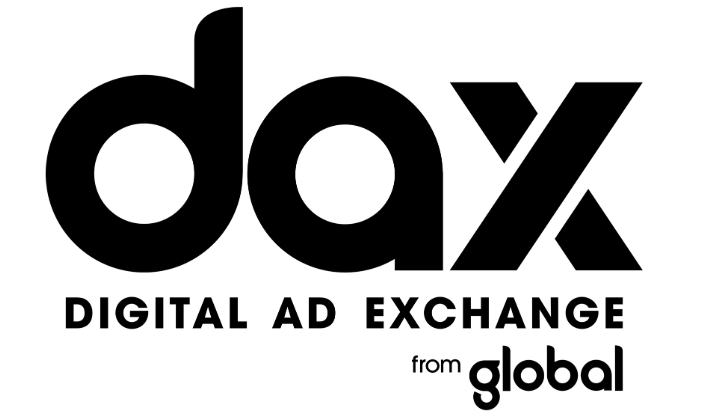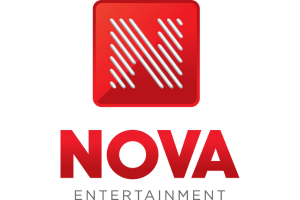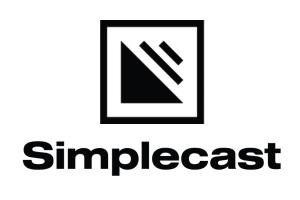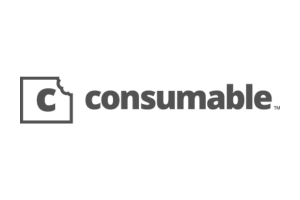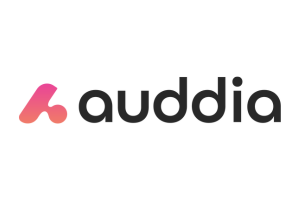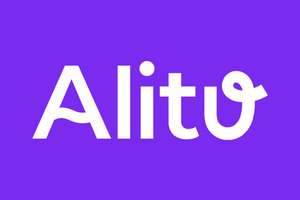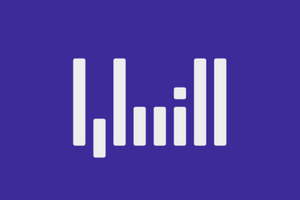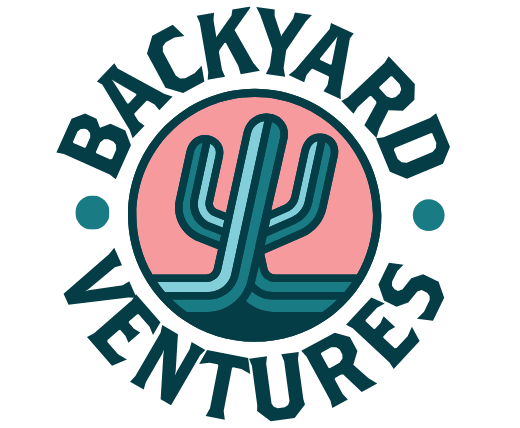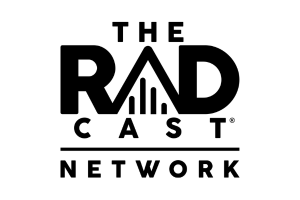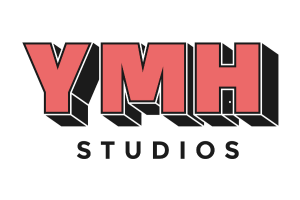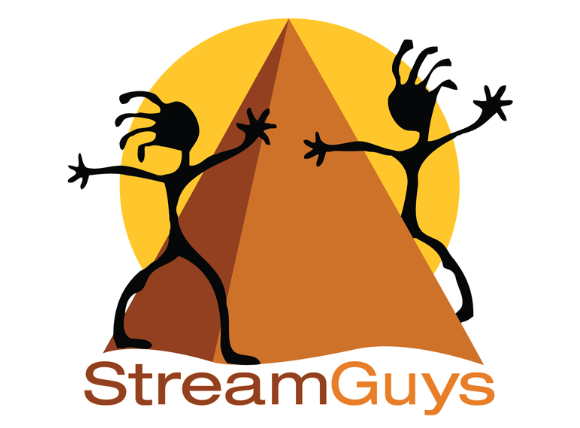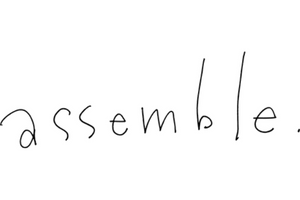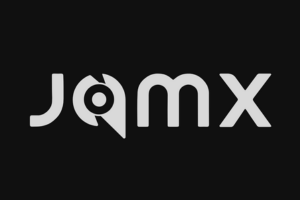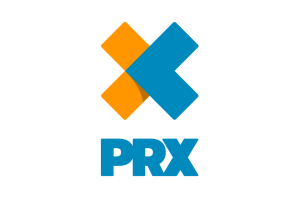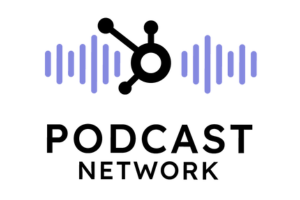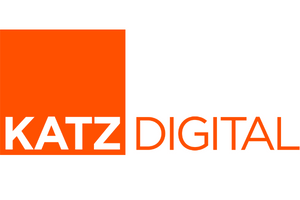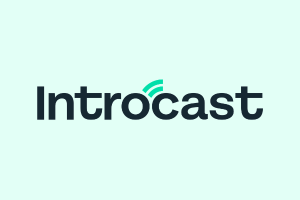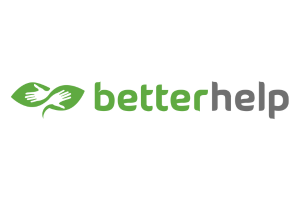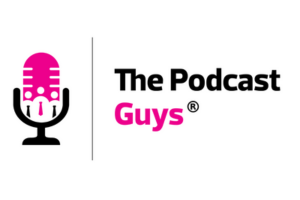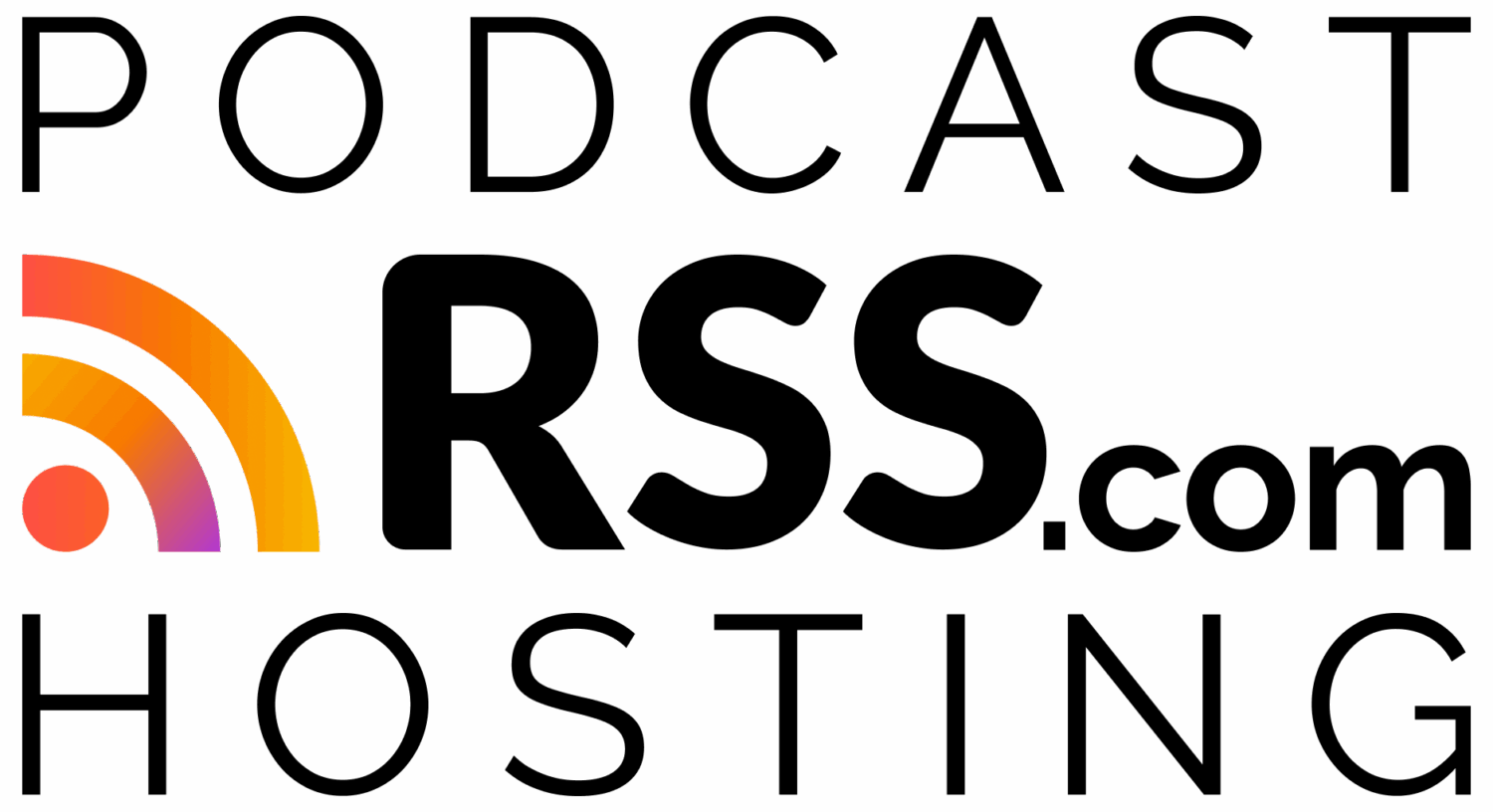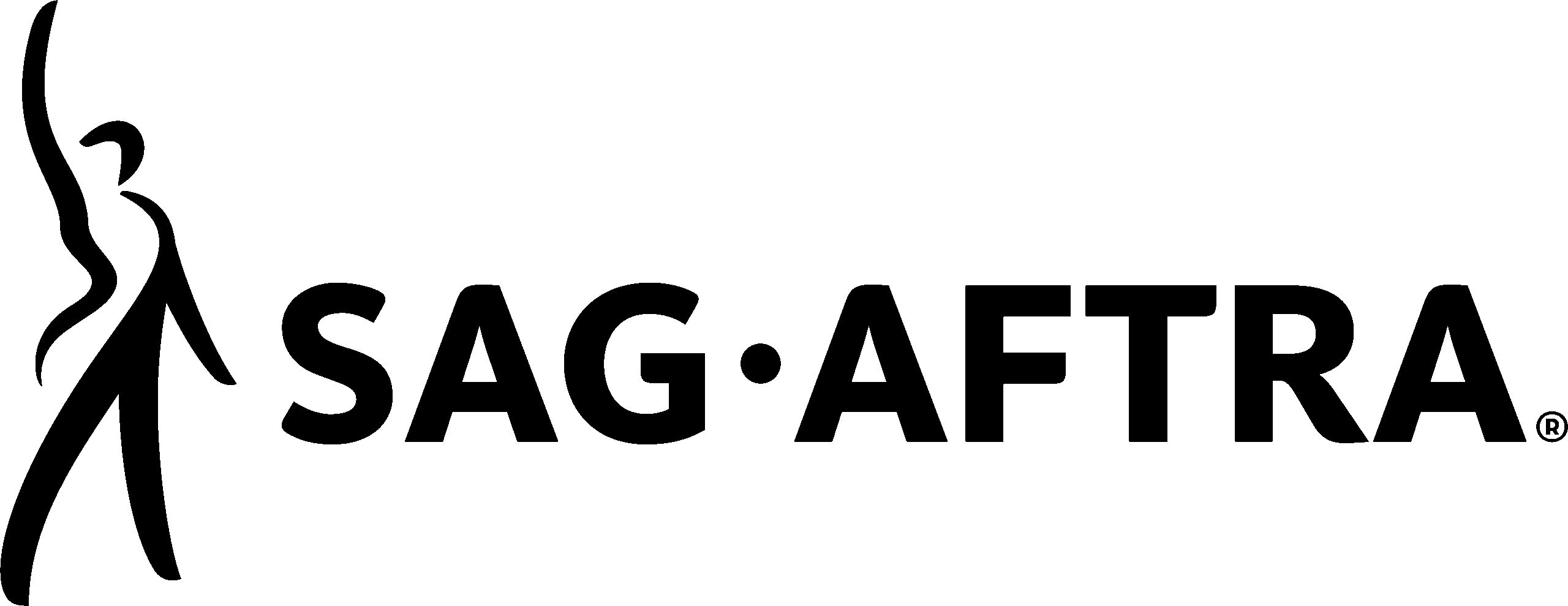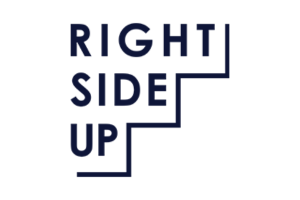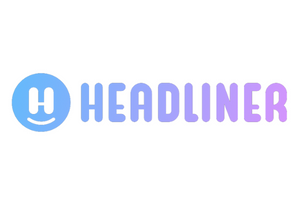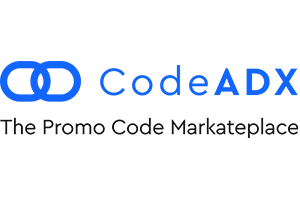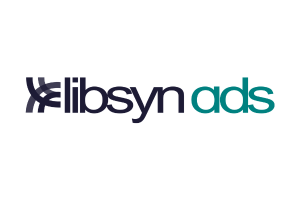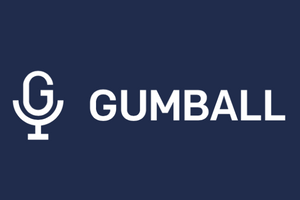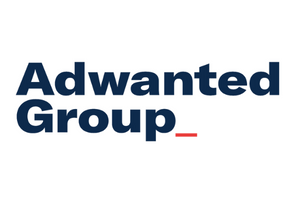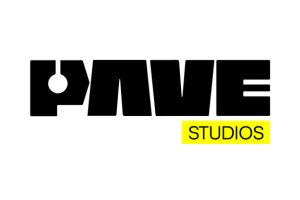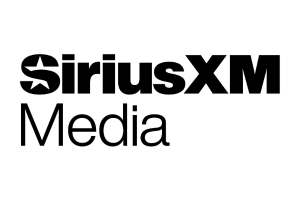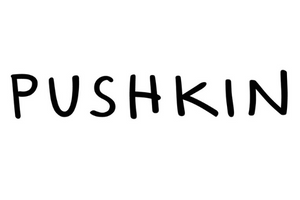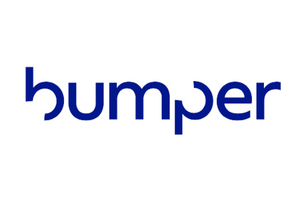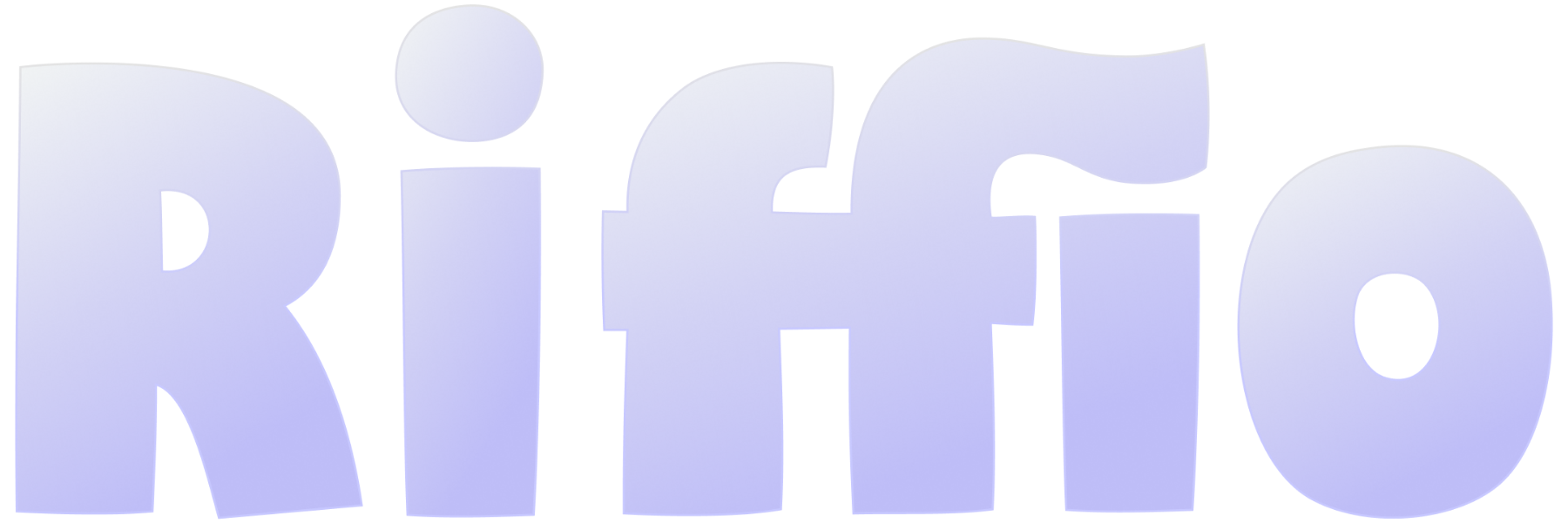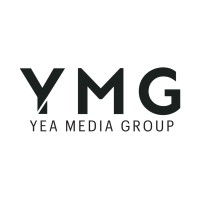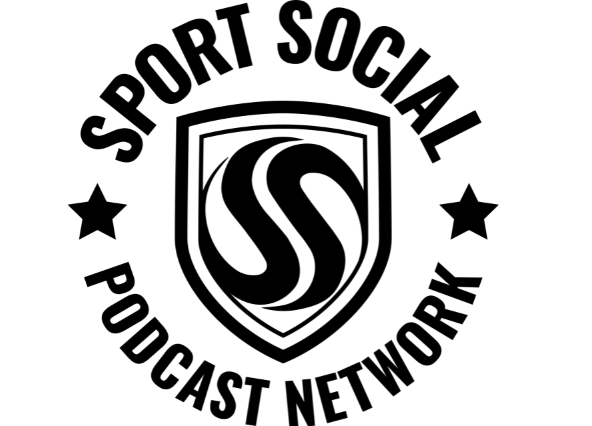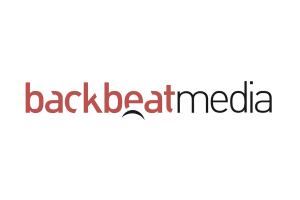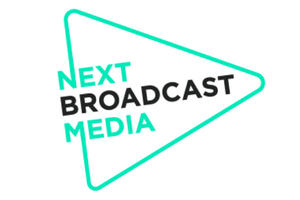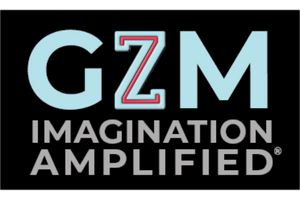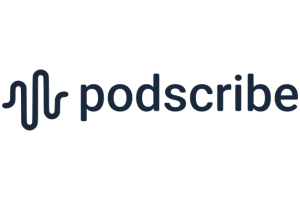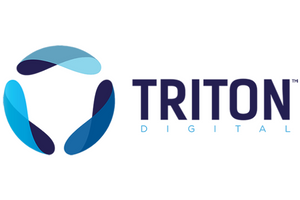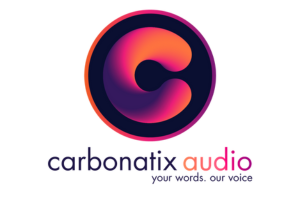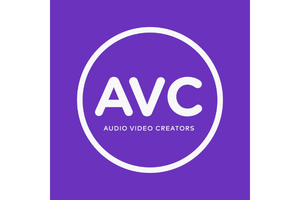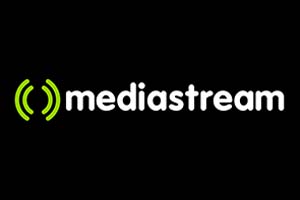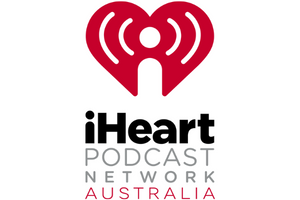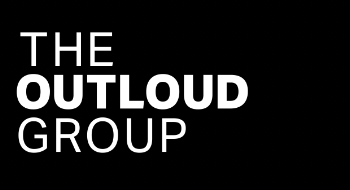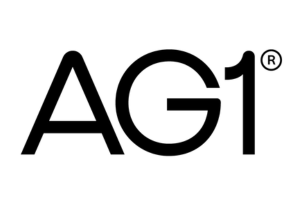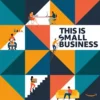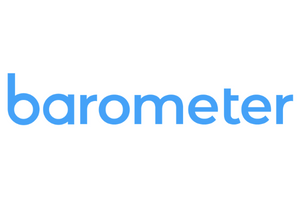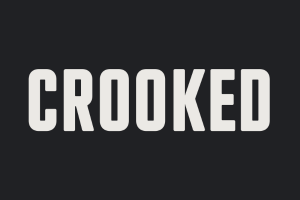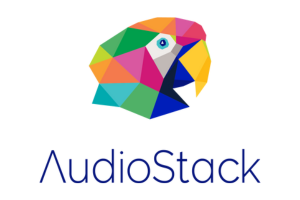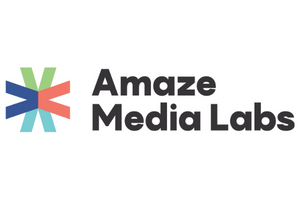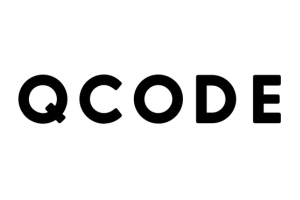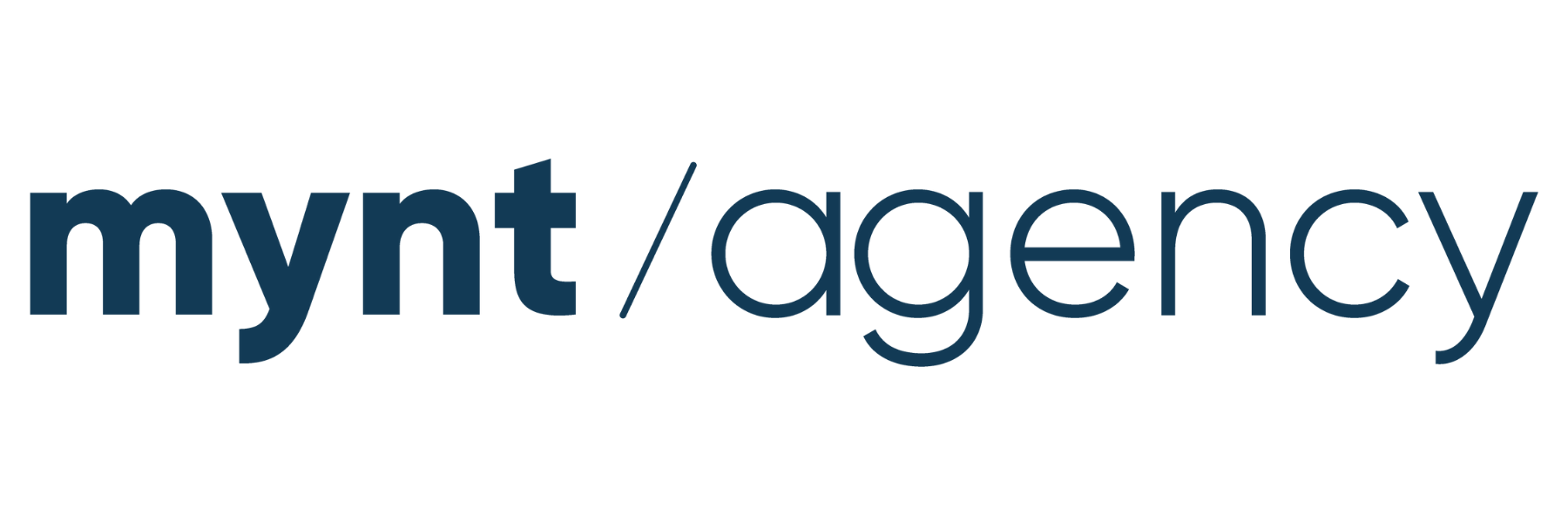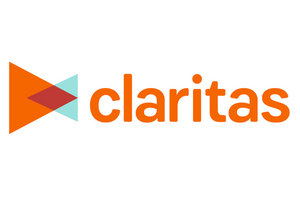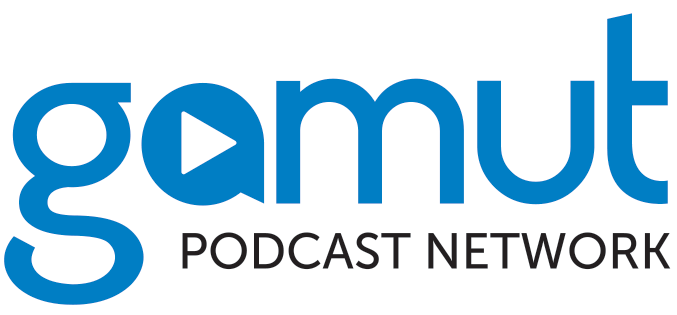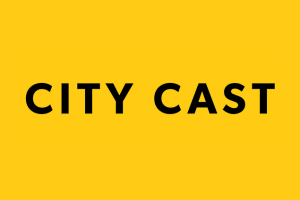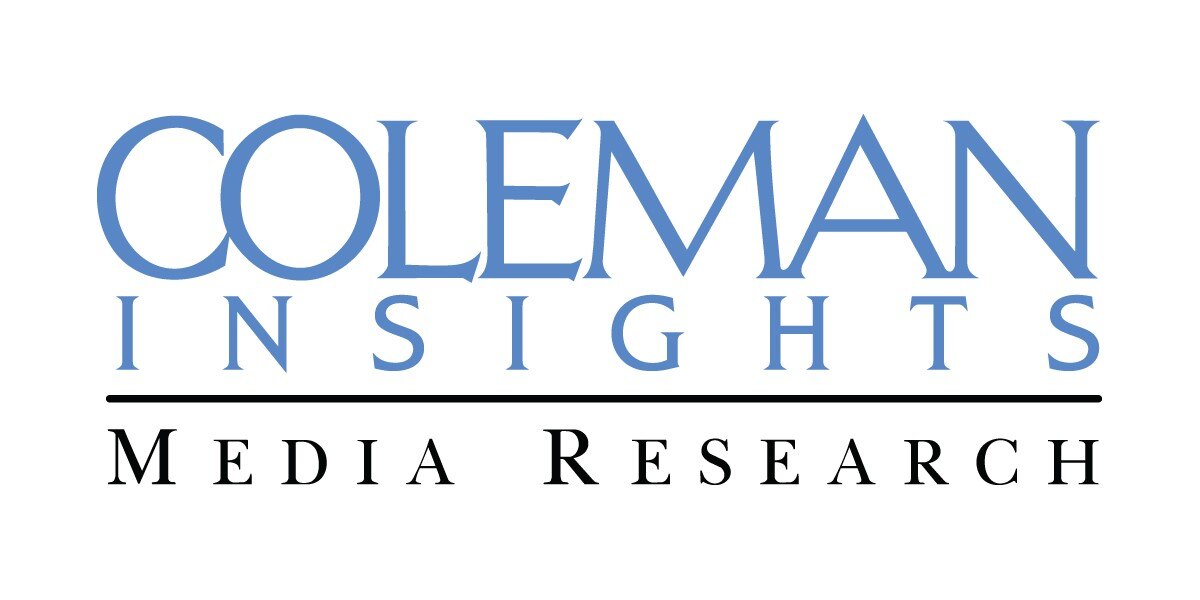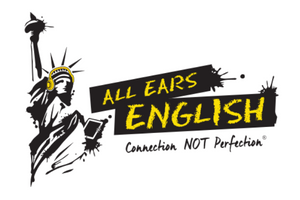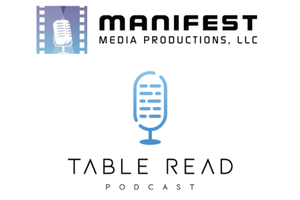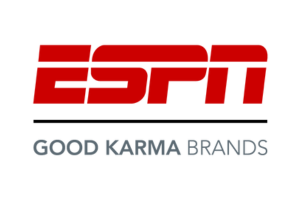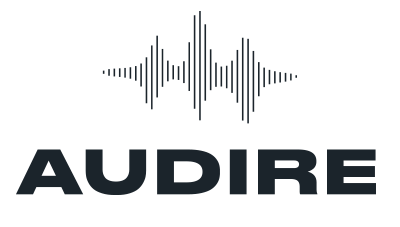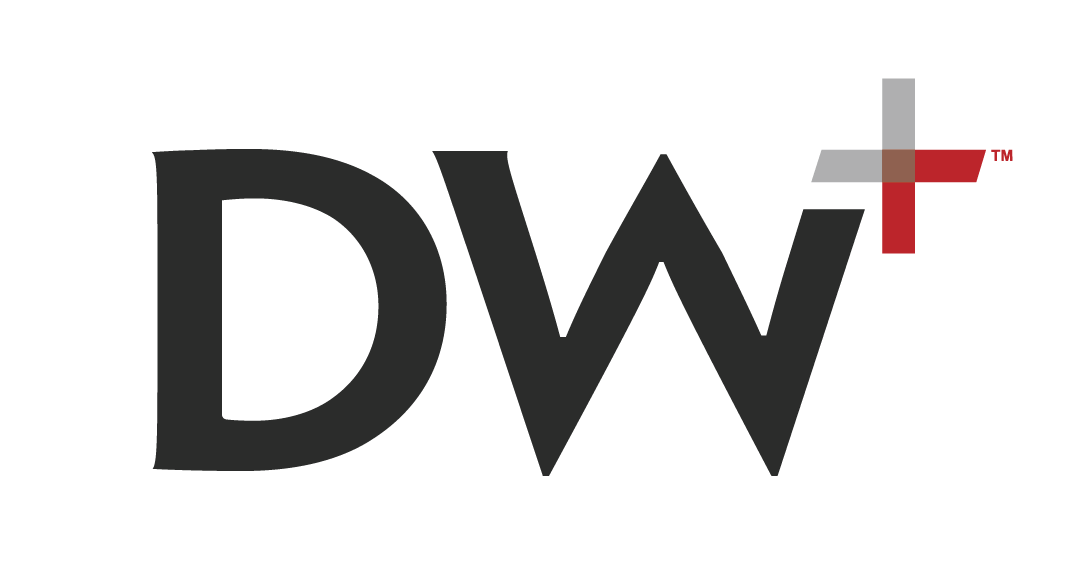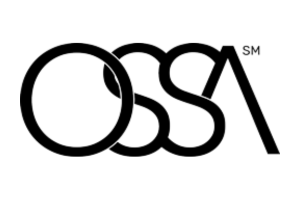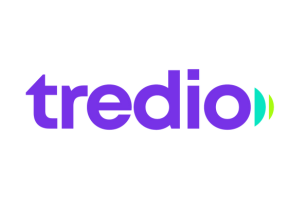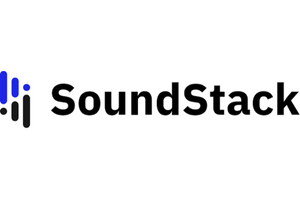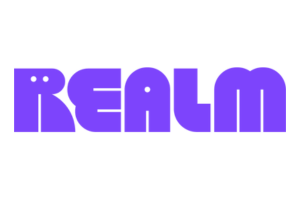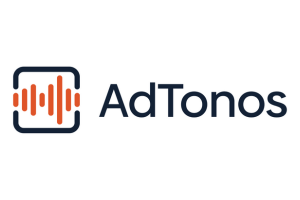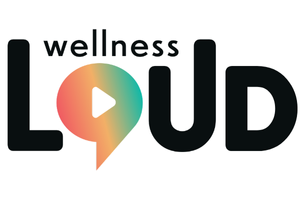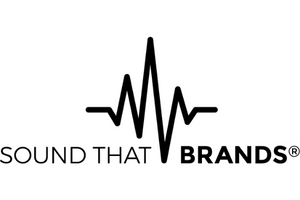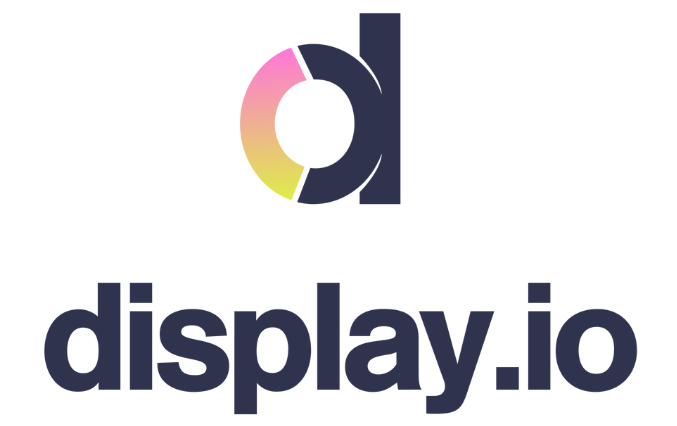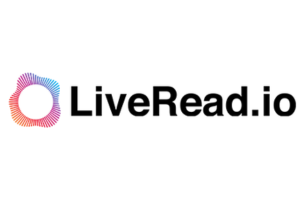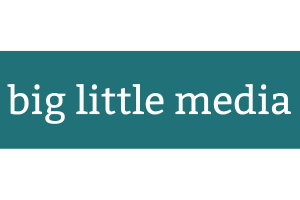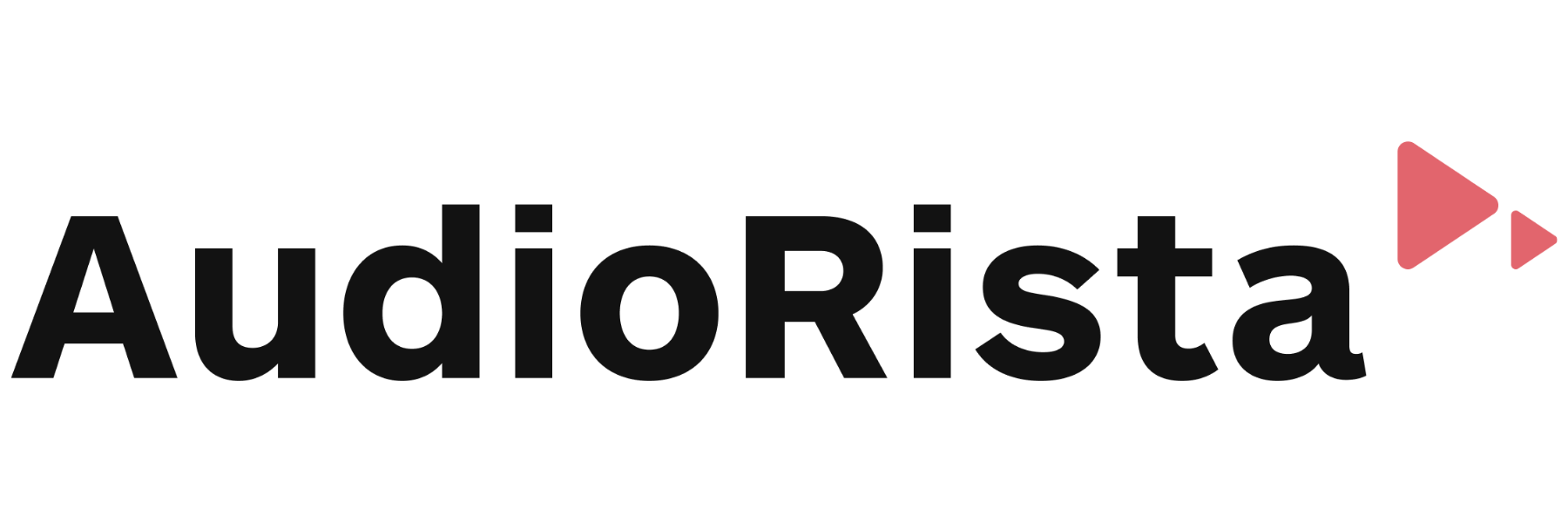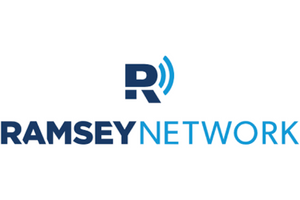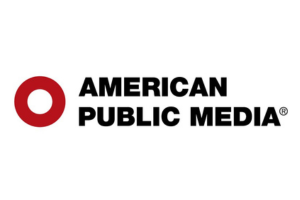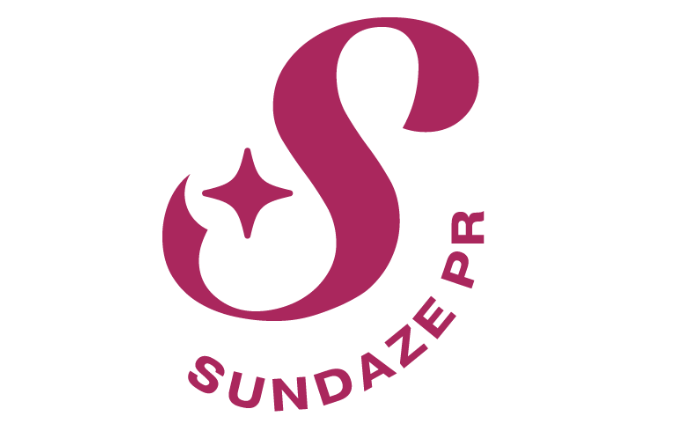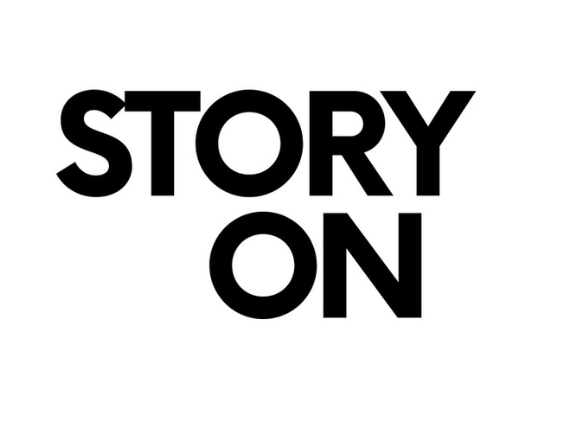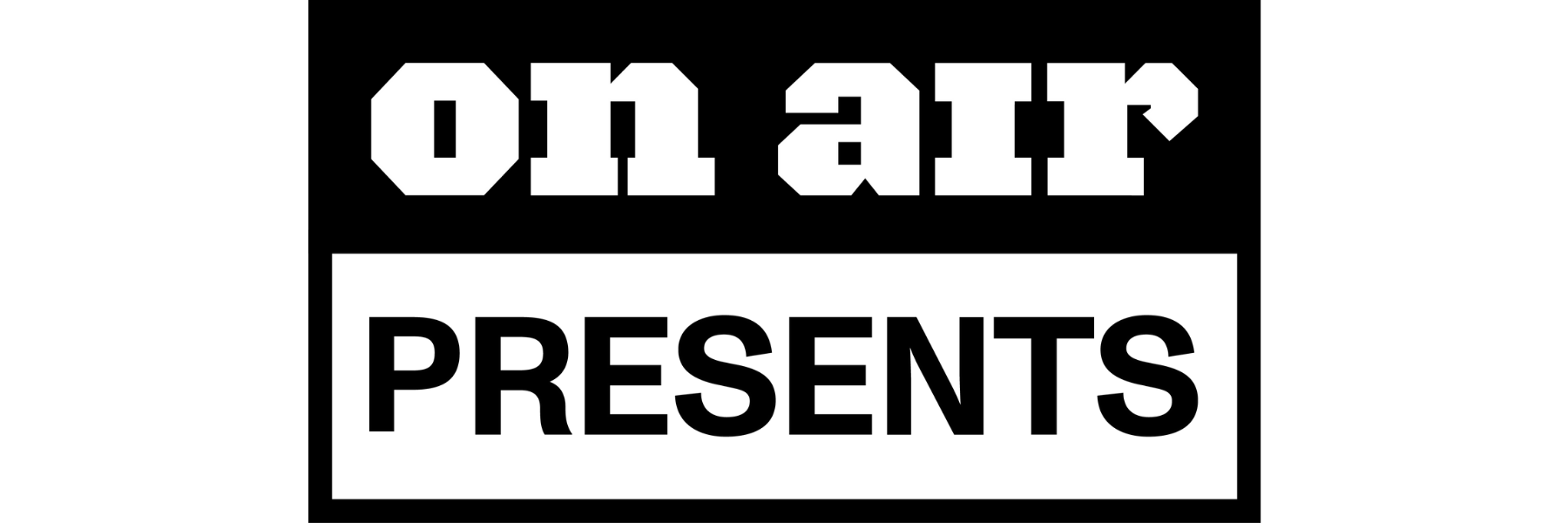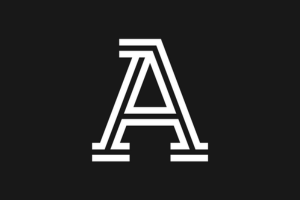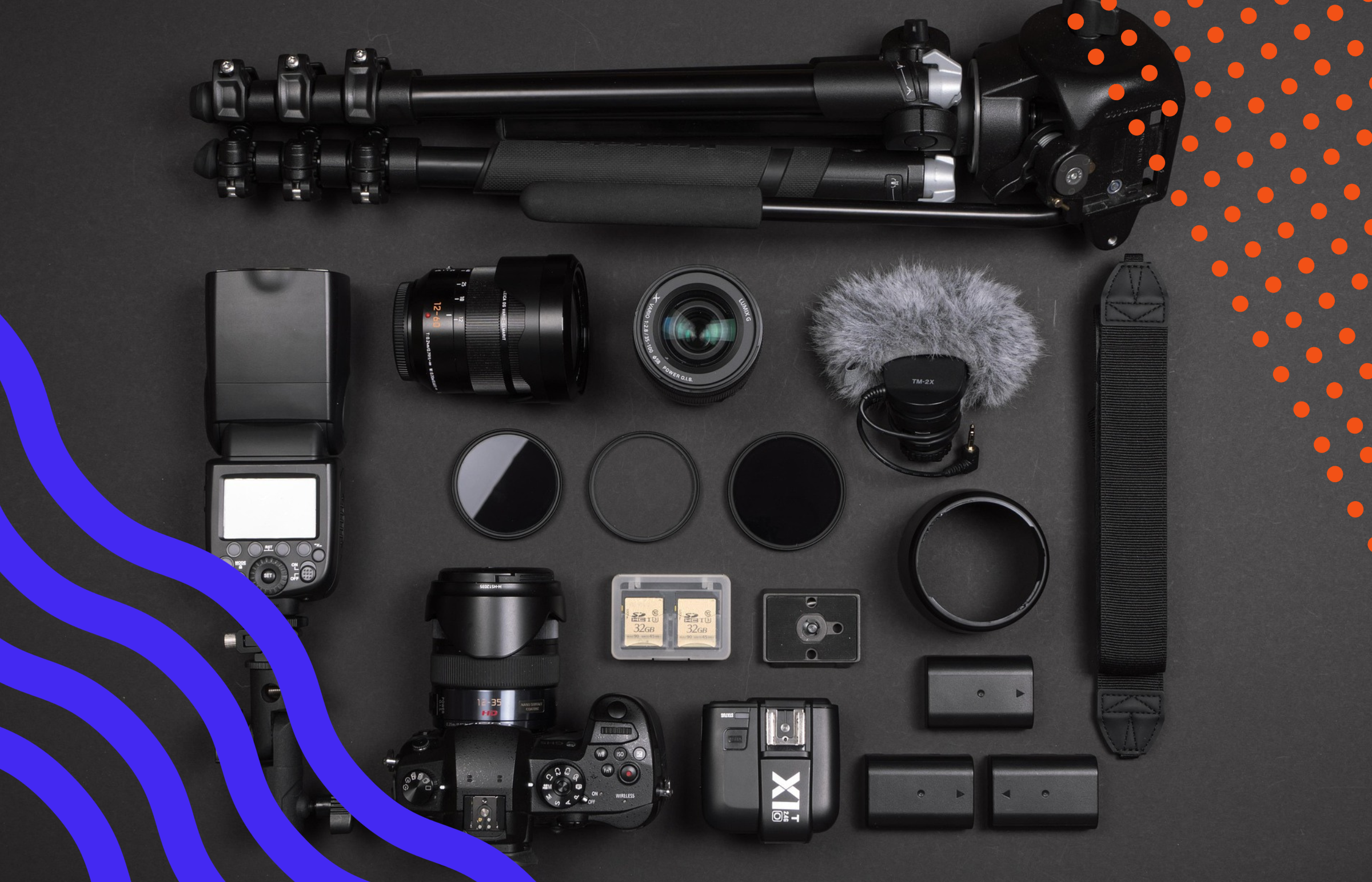Every single ad run on your podcast is ultimately placed there by your decision. Whether directly by you or your team through baking it in or dynamically inserting it, or the hosting platform itself selling your inventory directly or through their partners, or your own programmatic setup that you’ve configured. All of those actions are only possible with consent from the podcaster. But that doesn’t mean that all solutions are created equal with regard to the controls they offer you to make sure the ads placed in your show align with you and your audience’s views.
Over the past year, the Department of Homeland Security has increased its spending in podcast advertising, resulting in a lot of negative comments on shows from shocked listeners. A publisher can swear up and down they blocked everything that could lead to that happening, but the ads still make their way through. We have certainly seen these issues before (Exxon ads running in the Drilled podcast, or anti-abortion ads running as “healthcare.”) Even if these issues are relatively rare, when they do occur, they strike a nerve.
My goal today is to walk all of you through how it happens, the questions you need to ask the partners who serve ads for you, and ultimately share a harsh truth with you: this is not unique to podcasting and the only guaranteed way to prevent issues like this is to fully manage all the advertising inventory of your show.
Identifying Ads
The IAB and OpenRTB both maintain lists of both ad product and content category classifications, widely used by all of advertising to identify both the inventory the ads are run on and the ads themselves. But, there’s no central database where either side has to submit their classifications for approval and public record keeping. That means those classifications can change depending on who is setting up the advertising campaign that day.
Some platforms combine both the publisher and advertising list for the ad buyer to select to identify their campaign. Depending on who set up the campaign (you, your platform, or a programmatic partner) there might not even be a requirement to select one, and if there is there’s rarely a requirement to set multiple.
Basically, all of this is subject to the whims of the individual whose job it is to get a campaign to deliver in full. So when that person is handed a campaign that won’t fulfill if they select “Politics” but will if they select “Job Recruitment”, we know which path they’re going to take, because there are no consequences to selecting the latter, but the former is a great way to irritate your boss.
The one area of classification that shouldn’t be up to interpretation is Advertiser Domain, so dhs.gov in this example. If that’s a required field, selecting anything other than that does cross a line.
But the problem is not every level of ad sales requires that option, and worse, you may not be able to block a specific set of Advertiser Domains from your individual show or network.
Blocked by Blocking
IAB Category blocking will always be whack-a-mole for the ads worth the effort to take this level of action.
Blocking by Advertiser Domain and further blocking all ads that don’t identify their Advertiser Domain will stop the issue, but that feature isn’t always available.
Publishers who both manage their own ads on their hosting platform and have their own Supply Side Platform (SSP) integration absolutely can block it, and further should block all ads that don’t identify their advertiser domain or IAB Categories. But where it falls apart is in the platform-based ad sales or in the solutions where your inventory is represented en masse by another entity. Not all of them are built out to granularly allow each show to select what they block, meaning that block can apply to the entire inventory they manage.
In situations like that, it’s best to ask your advertising partner what your options are for:
- Pre-emptive blocking ads from running on your show.
- Do they offer IAB Categories and Advertiser Domain blocking?
- What solutions do they implement to reclassify ads they believe were incorrectly classified?
- For flagging an ad to be removed and blocked in the future.
- What’s their process and response time for identifying and removing ads?
- How will they prevent that advertiser from running on your show in the future?
- If the ad isn’t run directly by them, but through one of their partners, can they turn off that partner for just your show if the issue is not resolved?
- Turning off all ads run by them immediately while an issue is resolved.
Wrapping It Up
These issues aren’t unique to podcasting, but when they occur, they are certainly more jarring than a banner ad. The more popular podcasting becomes, the more issues like this will rise up. We’re far past a gas & oil ad running on an anti-fracking podcast. Now, with the solutions available to monetize your show, it’s critical we understand the decisions we’re making and the controls we’re able to use.
It’s not fun to hear that this is all on the shoulders of the show, but that’s the truth. Podcasters pick their hosting platforms and their monetization partners. They benefit from the revenue as much as they suffer from the harmful association.
Our entire goal at Sounds Profitable is to empower that creator to ask the questions above and many more. Besides turning all ads off and impacting your revenue, a nuclear option few can afford, now is the time to ask each of your partners how all of this works. And if their answers don’t meet your needs, maybe it’s time to start shopping around.
New Partners
Sounds Profitable exists thanks to the continued support of our amazing partners. Monthly consulting, free tickets to our quarterly events, partner-only webinars, and access to our 1,800+ person slack channel are all benefits of partnering Sounds Profitable.
- Valenz Media is a boutique partner for podcast advertising, serving select brands with tailored campaigns that build trust and drive growth.
Want to learn more about partnership? Hit reply or send us an email!

